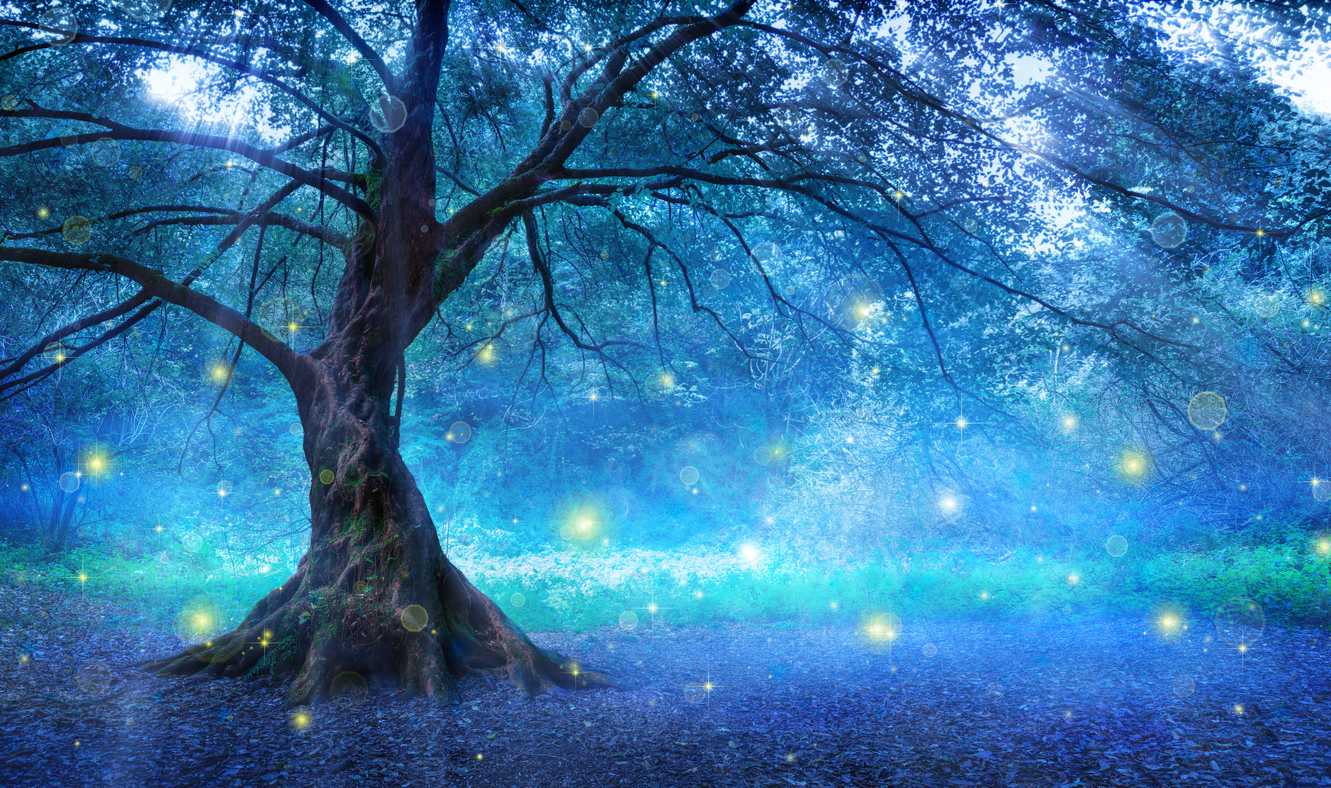The subject of archetypes is vast and a powerful subject for people in many cultures and time. The next group of Jungian archetypes are sometimes called the Soul types whereas the previous archetypes we explored are often known as the Ego types.
So the fifth primary archetype Carl Jung focused on has a variety of names: The Seeker, The Wanderer, The Pilgrim, the Explore, The Iconoclast or the Individualist. Their common motto is often “Don’t fence me in.” Their goal is to experience a better, more authentic, more fulfilling life. Often their deepest burning desire is to have the freedom to find out who they are by exploring the world. Often the strategy they use to reach their goals and desires are by seeking out adventures, experiencing new things, and taking journeys to escape from boredom. One of the things they have to be very careful of is wandering aimlessly or finding themselves not fitting into their society or social group. They have great talents of ambition, autonomy and being true to one’s soul.
The sixth archetype we would like to focus on has many names. These names are commonly called The Outlaw, The Rebel, The Wild Man, The Misfit or The Revolutionary. They are known to be outrageous and seeking radical freedom. Their deepest desires often are to get revenge or to be part of a revolution. Not surprisingly their motto is often “Rules are made to be broken.” They fear being powerless or ineffectual. Shock, disruption and destruction are strategies they use to reach their goals. Unfortunately they have to be careful of crossing over to the dark side or becoming involved in crime.
Carl Jung’s seventh primary archetype is known as The Enthusiast, The Friend, The Intimate, The Love, The Team-Builder, The Spouse, The Sensualist or The Partner. Their core drive in life is often to experience and have deep intimacy. Their goals are often driven by being in a relationship with people, work and surroundings they love. This type often uses strategies to focus on becoming more attractive emotionally and physically. They are passionate, committed, grateful and very appreciative in their lives. However, they do need to be careful of their desire to please others or lose their own identity as they travel life’s path.
The last Jungian archetype we are going to explore in this blog is known as The Dreamer, The Writer, The Musician, The Artist, The Creator, The Inventor, or The Innovator. This archetype intrigues me greatly in terms of the work I am doing right now. Archetypes are being incorporated into my writing courses both the online and in-person classes. The archetypes seem to be jumping out in vivid colors as I incorporate them into the courses. The Creator’s motto could be “If you can imagine it, it can be done.” They desire deeply to create something of enduring value. They have many visions. To realize or reach one of these visions is a powerful goal for them. A solid strategy for this type or archetype to reach their goals is to develop artistic control and skill. They need to create culture and express their vision. Many dreamer types are perfectionists, which stops them from moving forward and they do fall into the trap of bad solutions sometimes. But when they use their creativity and imagination the can overcome their fears of being mediocre by doing whatever creative work they have started.
Now I would like to explore briefly the work of Joseph Campbell and his archetypes. He introduces The Hero in The Hero of a Thousand Faces. The Hero is the reader’s personal tour guide through the adventure or the story. During the journey, The Hero will usually leave the world they are familiar with and enter a new one. His or her new world will be so different that whatever skills The Hero used before will not longer be enough. The Hero (and the readers) will learn and master the rules of the new world. Any protagonist can fit the Hero’s Journey. Luke Skywalker in Star Wars is a good example as is Harry Potter in JK Rowling’s series, which Joseph Campbell discusses at length. I just recently watched the PBS special (over 30 years old) with Bill Moyers and Joseph Campbell called The Power of Myth. It is spectacular and helps us all understand Joseph Campbell’s point of view and passion.
As Joseph Campbell explored The Mentor which is his second archetype we learn how stories really are developed. The Mentor seems to appear to give The Hero a fighting chance in his new world or adventure. The Mentor will describe how the new world operates, and supports the hero in his / or her quest. Once The Hero is on the right path and has what they need to survive, the Mentor most often disappears. A good example of the Mentor archetype would be Albus Dumbledore in the Harry Potter novels.
The Ally is vital in literature and all storytelling. The Hero (or protagonist) will have great challenges ahead. They will most probably be too hard for one person to face alone. Not to mention more characters make the story or the plot more interesting to read or watch.
Somebody has to distract the soldiers guarding the gate or dungeon or hack the computer system on the space ships ,etc. The Ally either immediately or eventually has loyalty and admiration for The Hero which tells the readers or audience that they are worthy of the trials up ahead. This is the third archetype that Joseph Campbell explores. A great example of allies both in the books and movies, that followed, are Ron and Hermione from the Harry Potter series.
The Herold is another common storytelling archetype that Joseph Campbell explored in detail. This character always appears near the beginning of the story to announce the need for change in The Hero’s life. Their appearance sets the whole adventure in motion. Often we see The Hero struggling in life when somebody brings news to them of a glimpse of a new life. The best example I can think of is Luke Skywalker at the beginning of Star Wars when R2D2 shows up with Princess Leia’s message to Obi-Wan Kenobi. It starts off the whole adventure. This is The Herold’s job in storytelling.
We will explore the rest of both Carl Jung’s primary archetypes and Joseph Campbell’s main archetypes in the next blog of this series. I so love this time of year. I am going for a walk in the mist among golden aspen trees and two golden retrievers bouncing around with boundless joy. Please feel free to contact me at [email protected] with comments or questions.
Blessings, Patricia

